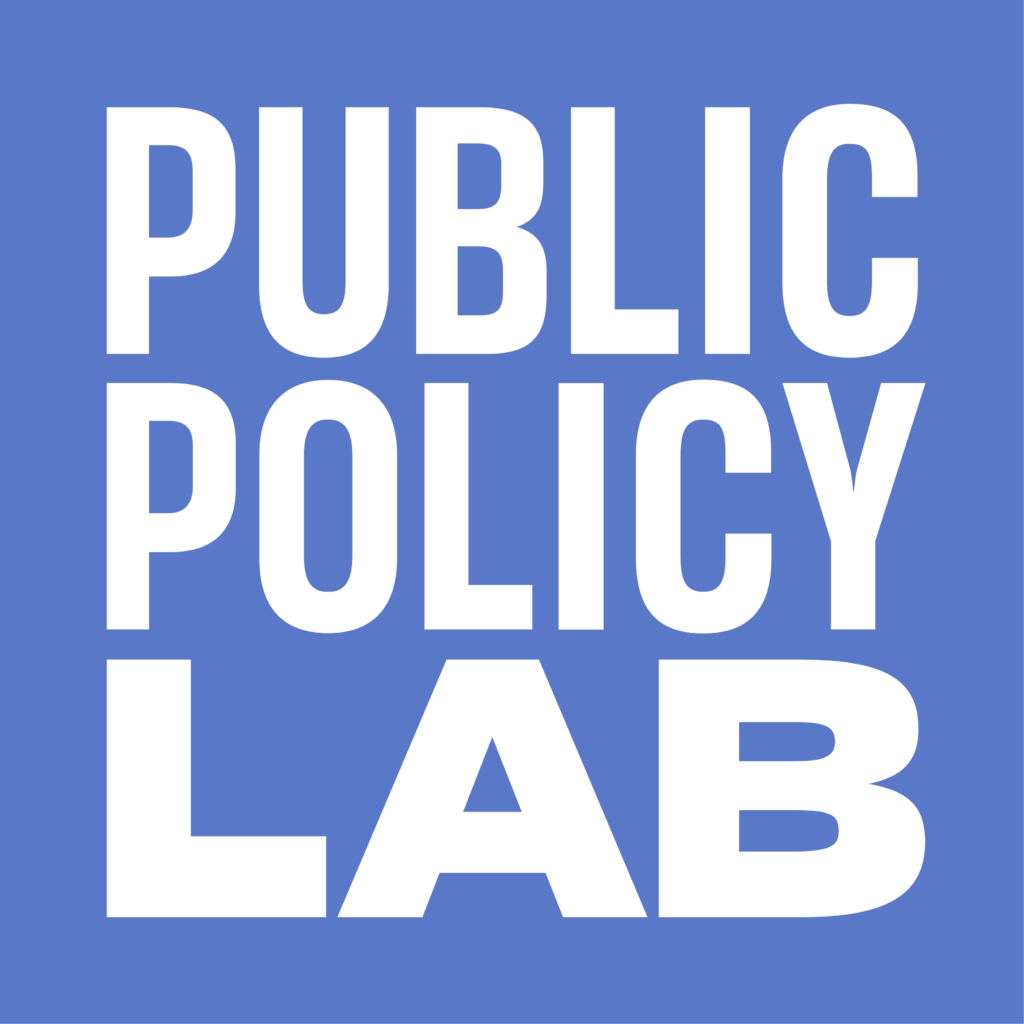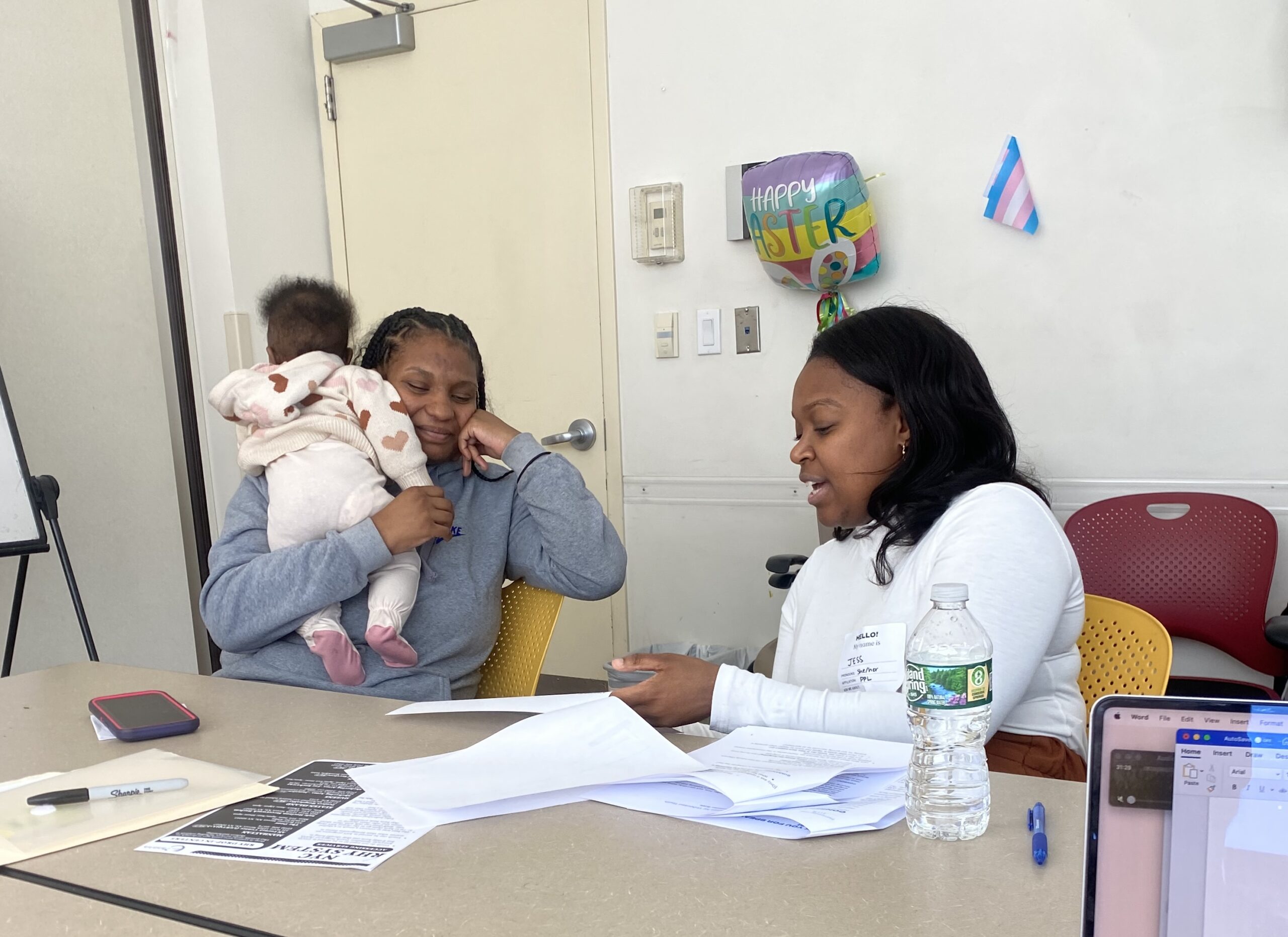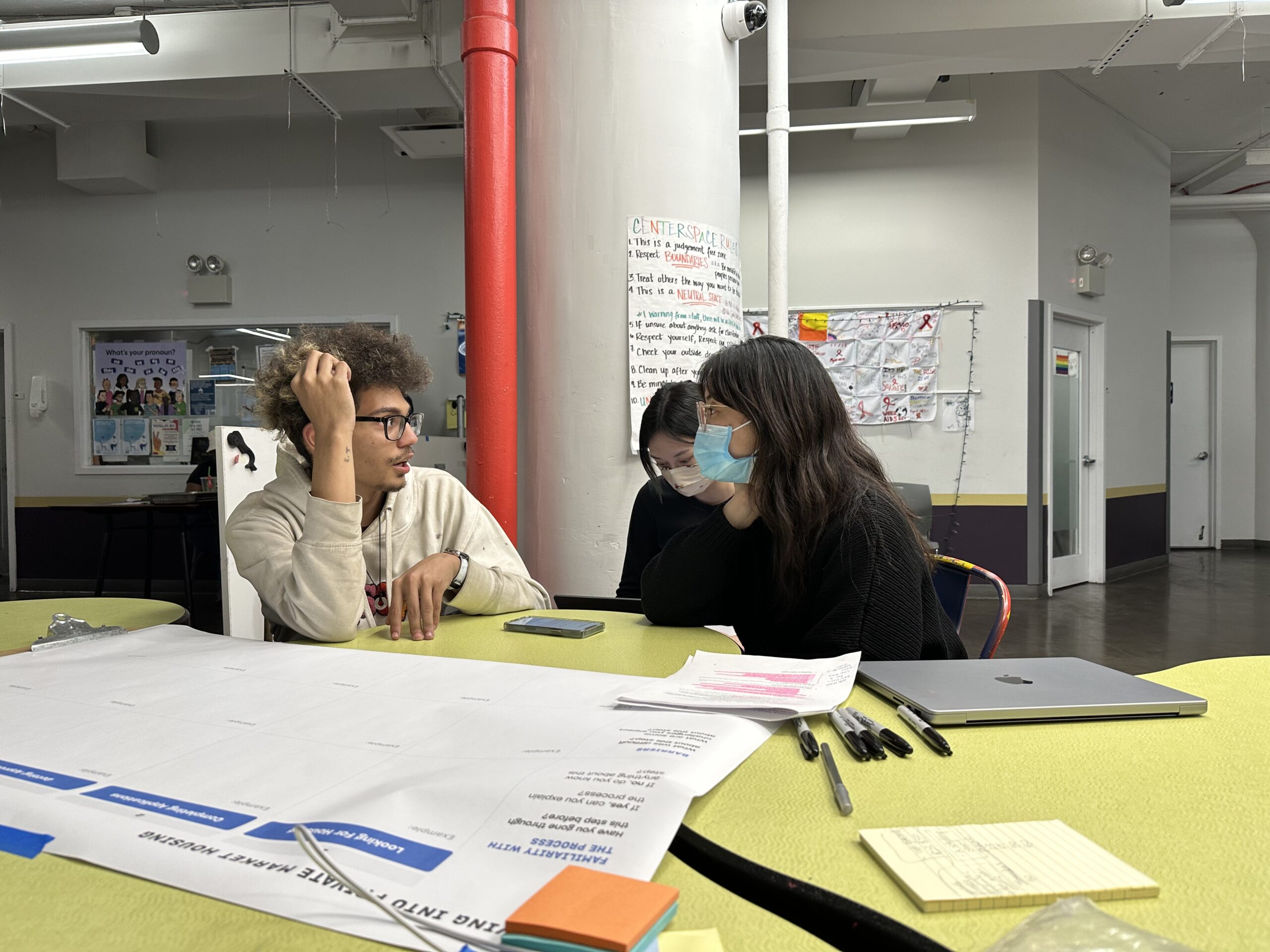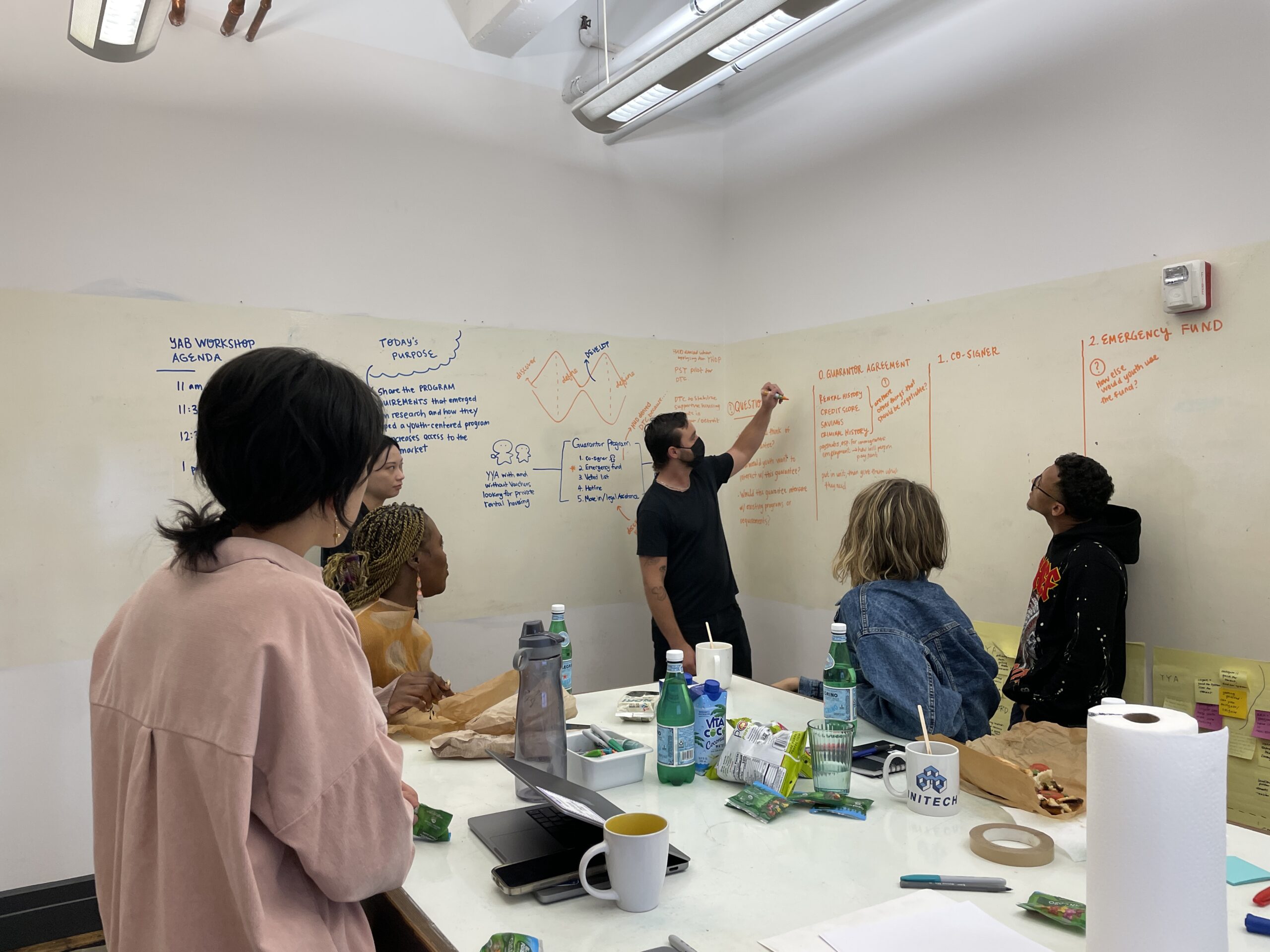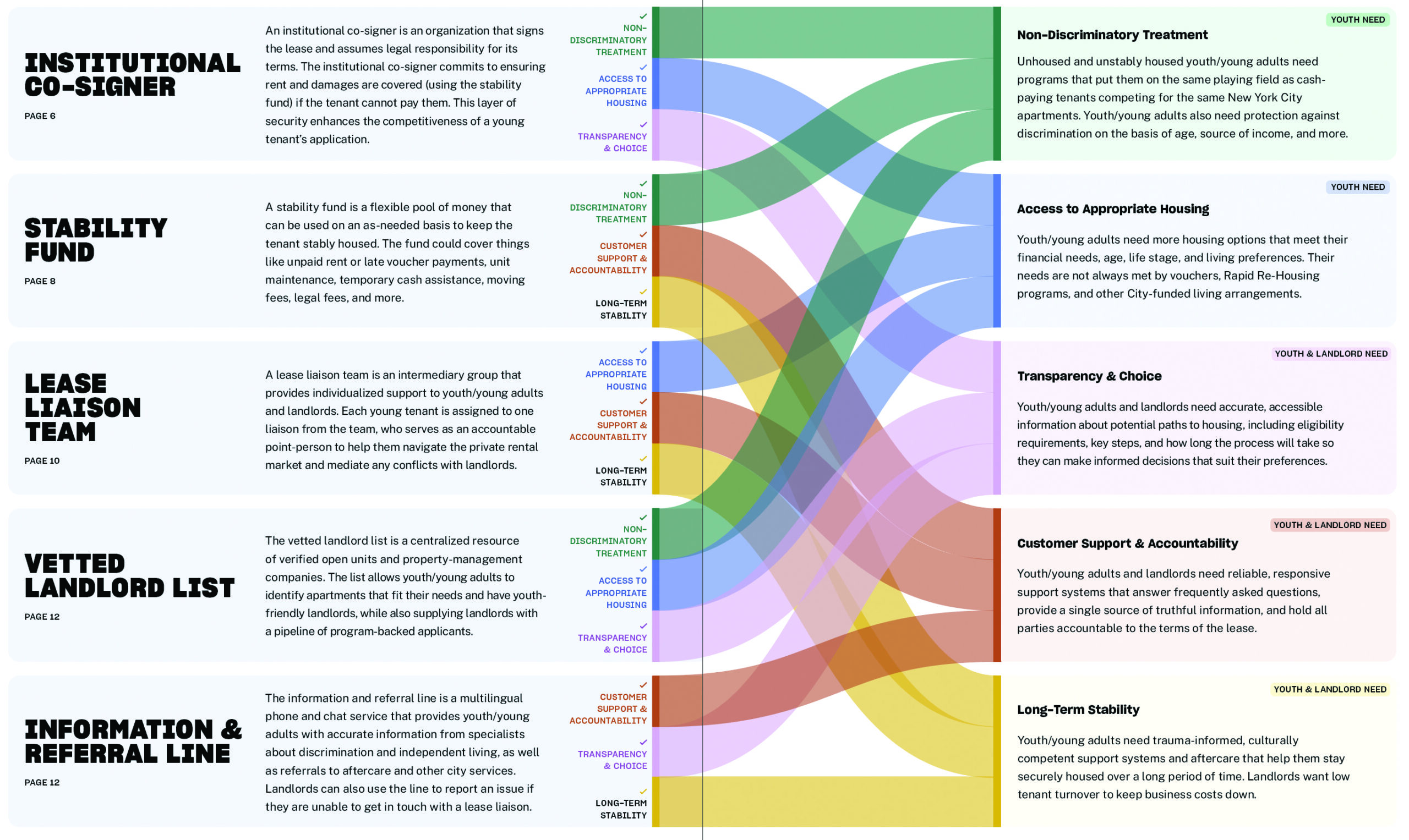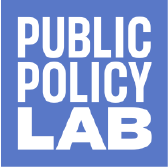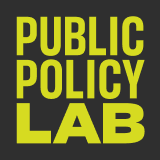Increasing Rental Access for Unhoused Youth & Young Adults
How can youth and young adults better navigate the private rental market and secure stable housing?
Partners & Funders
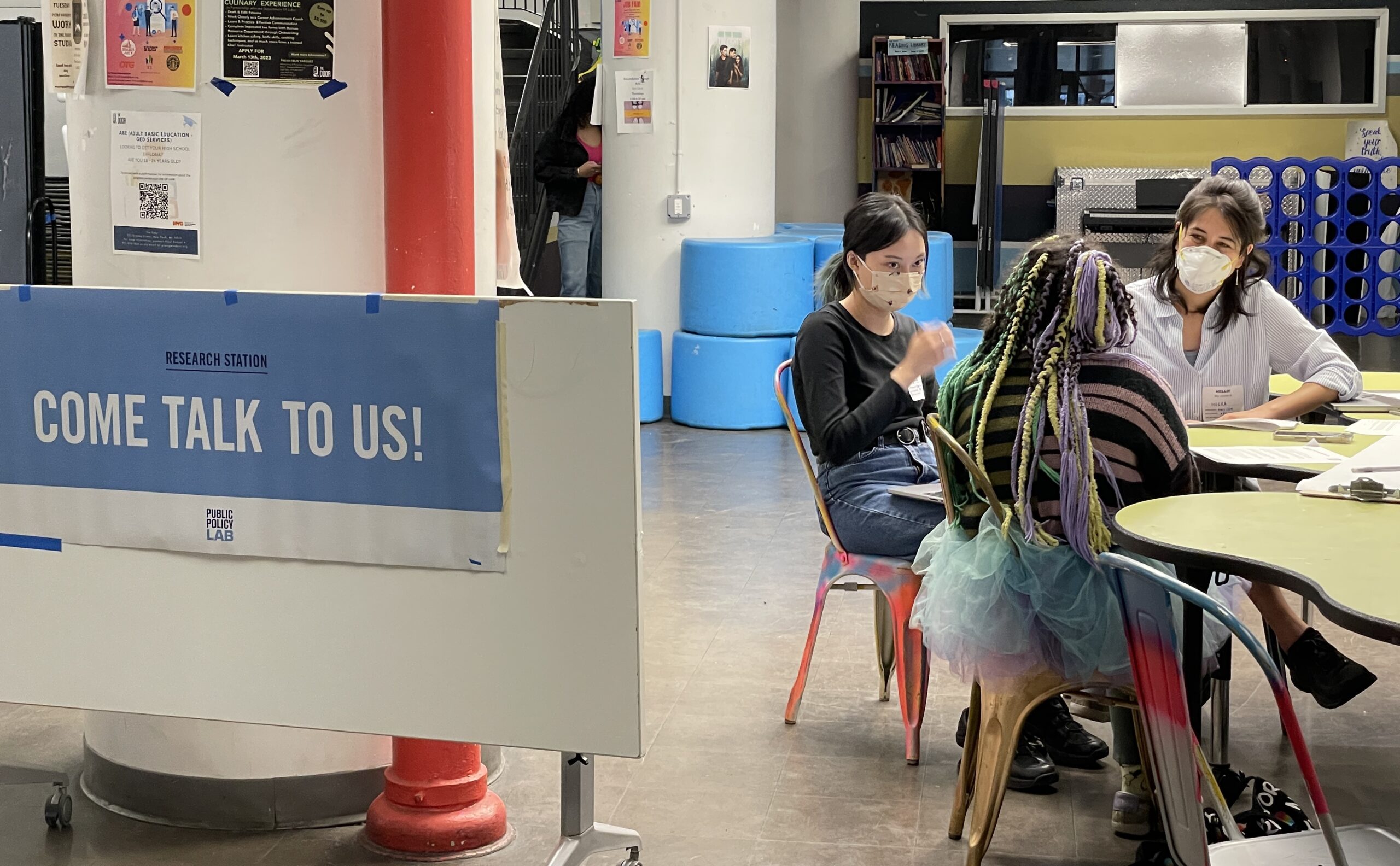
The Project
Too many youth and young adults in New York City are living without access to stable housing — or any housing at all. We partnered with youth-centered New York City agencies to design new supports to help unstably housed youth and young adults to successfully rent an apartment.
The Outcome
In collaboration with young people, landlords, and agency staff, we designed a program with five components to fill critical gaps in youth and young adults’ rental applications, while also providing benefits that support landlords’ ability to accept applications from young tenants.
Increasing Rental Access for Unhoused Youth & Young Adults

How can youth and young adults better navigate the private rental market and secure stable housing?
Partners & Funders
The Project
Too many youth and young adults in New York City are living without access to stable housing — or any housing at all. We partnered with youth-centered New York City agencies to design new supports to help unstably housed youth and young adults to successfully rent an apartment.
The Outcome
In collaboration with young people, landlords, and agency staff, we designed a program with five components to fill critical gaps in youth and young adults’ rental applications, while also providing benefits that support landlords’ ability to accept applications from young tenants.


